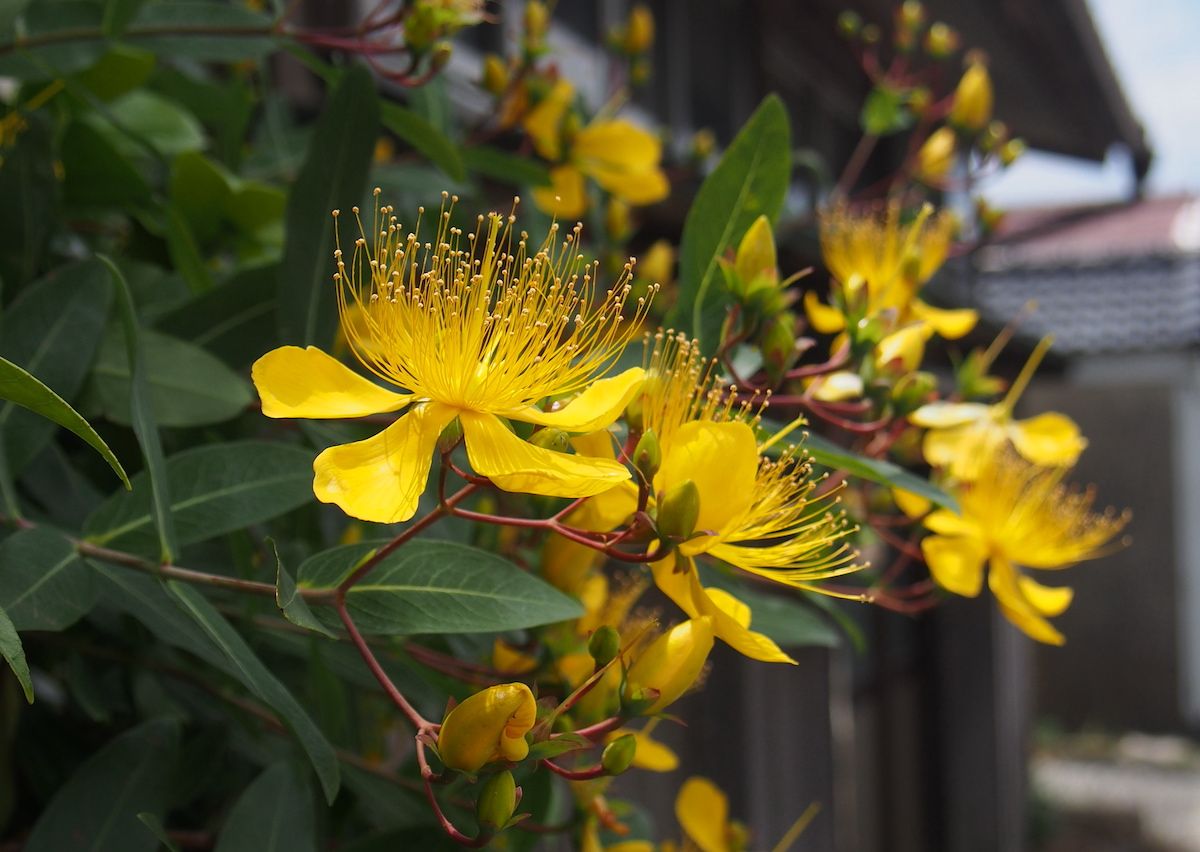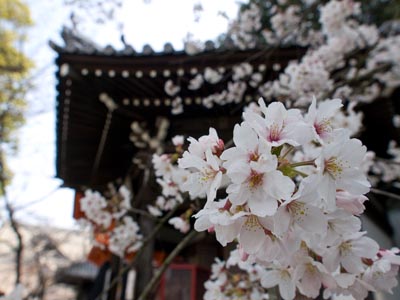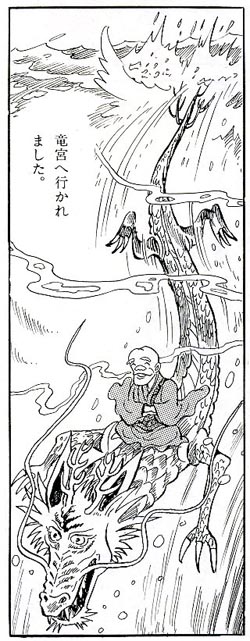
Kimiidera (紀三井寺) – Temple of the Three Wells
Kimiidera, formally known as Kongōhōji (“Temple of the Vajra Jewel”), is one of the most celebrated temples in Wakayama Prefecture. Its popular name comes from the three sacred springs (“mi-i” = “three wells”) found within its grounds: the Well of Purity, the Well of Good Fortune, and the Well of Healing. Set high on a hillside overlooking the scenic Wakanoura, or “Bay of Poetry,” the temple is famed for its spectacular views and the cherry blossoms that officially herald the start of spring across the Kansai region.
Founded in 770 by the Chinese priest Ikō Shōnin, Kimiidera is a place where legend, natural beauty, and centuries of devotion meet. Its principal image, the Jūichimen Kannon (Eleven-faced Kannon), is a National Important Cultural Property and is shown only once every fifty years.
Things to See at Kimiidera
Wakanoura – Bay of Poetry
From the temple grounds and the nearby Benzaiten Shrine, visitors can enjoy sweeping views of Wakanoura, a bay celebrated for centuries in Japanese poetry. At the foot of the temple mountain stands a Shinto shrine dedicated to Princess Soto’ori, the goddess of poetry.
Sakura and Sakuramon
 With around 1,200 cherry trees on its grounds, Kimiidera is one of the first places in Kansai where the blossoms open each spring. The red-lacquered Sakuramon (“Cherry Blossom Gate”), built in 1509, marks the start of the 231 steep stone steps up Ketsuen Hill to the main temple.
With around 1,200 cherry trees on its grounds, Kimiidera is one of the first places in Kansai where the blossoms open each spring. The red-lacquered Sakuramon (“Cherry Blossom Gate”), built in 1509, marks the start of the 231 steep stone steps up Ketsuen Hill to the main temple.
Three Sacred Springs
- Seijōmizu (Pure Water Spring) – used for tea ceremonies, ikebana, and sake brewing for over a thousand years, believed to bring Kannon’s blessing.
- Kisshōmizu (Good Luck Spring) – restored in the early Shōwa era, dedicated to Kisshōten, goddess of good fortune.
- Yōryūmizu (Willow Spring) – associated with Kannon’s healing powers; visitors drink here seeking relief from illness.
Beside the Willow Spring stands the Bashō Haiku Stone, engraved with a poem by the famed poet-monk Bashō, capturing the fleeting beauty of the cherry blossoms.
Shinbutsuden – Mausoleum
Opened in 2006, this modern hall houses a giant gilded image of Senjū Kannon as well as an Important Cultural Property Kannon image.
Rokkakudō and Maigo no Tegami
The six-sided Rokkakudō, built in 1748, enshrines images from all thirty-three Saigoku pilgrimage temples. Nearby, the “Lost Letters” memorial stone invites visitors to post messages to loved ones who have passed away or are otherwise unreachable.
Other Highlights
- Ancient Camphor Tree – over 800 years old, a Prefectural Important Cultural Property.
- Shōrō (Bell Tower) – built in 1588, a National Important Cultural Property.
- Mizuko Kannon – where parents memorialize unborn children.
- Hondō (Main Hall) – built in 1751, a National Important Cultural Property.
- Tahōtō Pagoda – built in 1449, offering views over Wakanoura Bay.
Legends of Kimiidera
Ikō Shōnin and the Dragon King
Drawn to the site by a vision of Kannon, Ikō Shōnin discovered a golden image of Senjū Kannon and enshrined it in a hermitage. An encounter with the spirit of a sacred tree led him to carve the Jūichimen Kannon, placing the golden image inside. According to legend, Ikō spent years beneath the sea teaching the Dragon King, who rewarded him with treasures, including seven cherry seeds from which Kimiidera’s famous blossoms descend.

Ketsuen-saka – The Slope of Karmic Bond
The steep stairway from the Sakuramon is named for a love story between a young merchant, Eimon, and Okayo, the daughter of a shrine priest. A simple act of kindness on the slope led to their marriage, prosperity, and the name “Karmic Bond.”
Principal Images of Worship
- Jūichimen Kannon – Secret image shown once every fifty years, believed to aid in healing and illness prevention.
- Senjū Kannon – Another secret image, also revealed once every fifty years.
- Fujiwara-era Statues – Including Jūichimen Kannon carved from sacred cherry wood, Bonten, and Taishakuten – all Important Cultural Properties.
- Modern Senjū Kannon – An 11-meter gilded statue consecrated in 2008, on open display in the Shinbutsuden.
Goeika of Kimii-dera
Furusato wo Harubaru koko ni Kimiidera Hana no miyako mo Chikaku naru ran
The place of my birth Is far away from here. Kimiidera, Capital of the cherry blossoms, Feels closer than home.